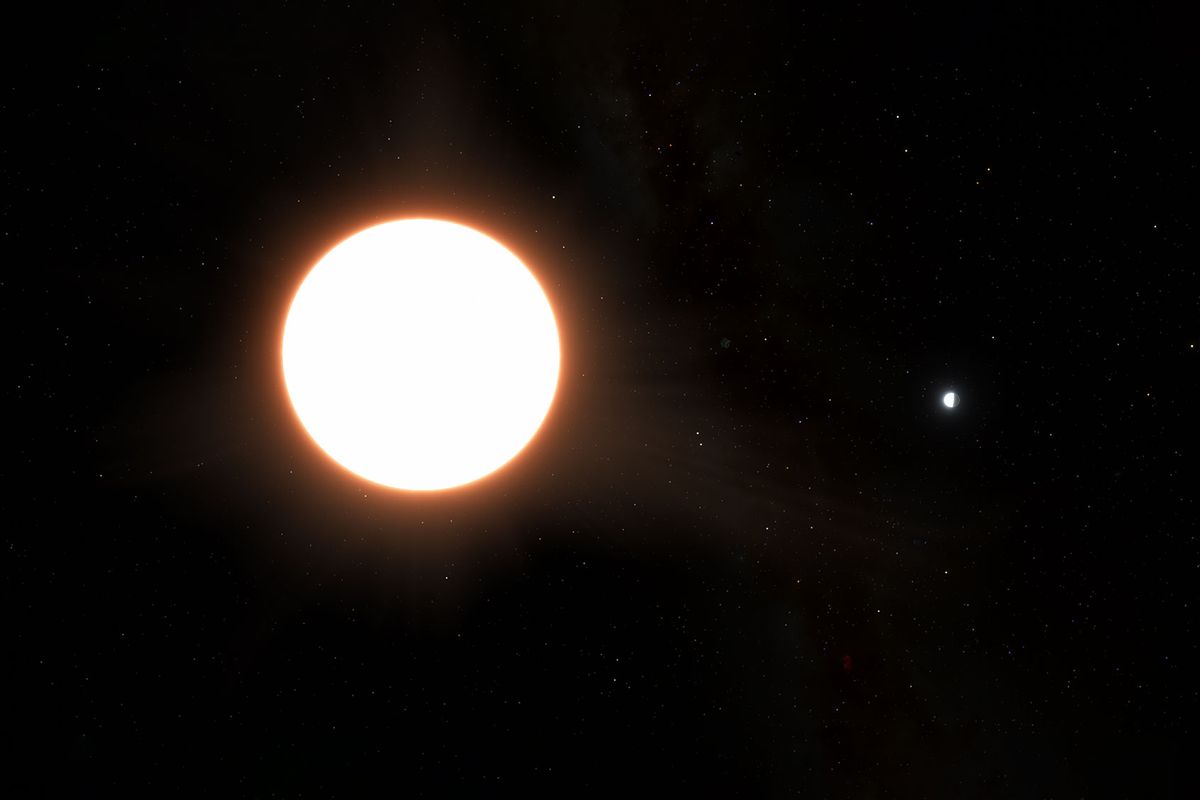Imagine an exoplanet with clouds so shiny, they make it literally the shiniest exoplanet ever discovered by humans. Meet planet LTT9779b, which according to a recent study in the scientific journal Astronomy & Astrophysics is covered in metallic clouds. Located 262 light-years from Earth, planet LTT9779b has an atmosphere made of silicates and metals like titanium. Both these and other details about the distant world were gleaned by the European Space Agency's CHEOPS mission, or the Characterising Exoplanet Satellite. While Earth only reflects about 30% of the light from our star, the Sun, planet LTT 9779 b manages to reflect 80% of the sunlight from its host star.
"Imagine a burning world, close to its star, with heavy clouds of metals floating aloft, raining down titanium droplets," study co-author James Jenkins, an astronomer at Diego Portales University in Santiago, Chile, said in a statement. The study purports to "provide the first steps toward understanding the atmospheric structure and physical processes of ultrahot Neptune worlds that inhabit the Neptune desert."
The "Neptune desert" refers to the region close to a star where no Neptune-sized exoplanets appear — in the case of this particular exoplanet, the star LTT 9779. Generally speaking it is unusual for large gas giants to exist very close to their host star. Planet LTT 9779 b is being dubbed a "ultra-hot Neptune" because it is so unusually close. "It's a planet that shouldn't exist," study co-author Vivien Parmentier, a researcher at the Observatory of Côte d'Azur in Nice, France, said in the same statement.



Shares